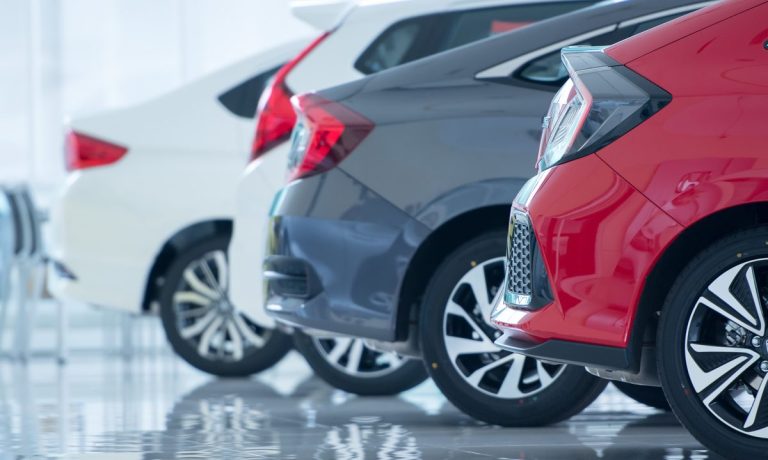
For a while, the story surrounding the auto industry — particularly the online platforms — seemed simple.
Lots of demand. Little supply.
Skyrocketing prices, too, which, depending on where you looked, would hit retailers’ margins (after all, they must buy the inventory that is sold).
This earnings season, no Nirvana for Carvana. Or CarMax. Or Vroom. Double-digit declines in the stocks have been the norm. The disruptors are themselves disrupted, at least in the near term.
Let’s leave the share price declines — where Carvana is down 65% year to date, CarMax is off 26%, Vroom a staggering 85% — in the proverbial rear-view mirror, at least for a moment. Penske Auto Group is a relative bright spot, down “only” about 9% for the year.
Many of these firms lose money, such as Carvana and Vroom. CarMax makes a profit. So does Penske.
But it is the recent commentary from companies like CarMax, and its details on used vehicle retail sales that give investors pause — and make us wonder how long the road stretches ahead until the supply/demand equation balances out a bit.
CarMax said that the used vehicle units sold were down 5.2% year on year, and comp store tallies were down 6.5%. But prices — with tailwinds of inflation — were up nearly 40%. This mismatch was enough to drive revenues up by 32% year on year.
During an earnings conference call with analysts, CEO Bill Nash said: “We believe a number of macro factors weighed on our fourth-quarter unit sales performance, including declining consumer confidence, the omicron-fueled surge in COVID cases, vehicle affordability and the lapping of stimulus benefits paid in the prior year period.” The tailwinds of stimulus payments have abated; the inflation headwind is fully in place.
And, as PYMNTS’ own data have shown, more than 60% of us live paycheck to paycheck, which indicates that the more money that is stretched to pay the bills, the less money there is on hand to buy a new (or used) car; the bills that are already in place are harder to satisfy. To that last point, some warning signs are coming through, too, on the state of the consumer. The company’s provision for loan losses is now at a “more normalized” $54 million versus a provision of $4.6 million in the prior year’s fourth quarter.
Dig a little deeper, and buying cars seems to be shifting inexorably online. CarMax noted that total revenues from online channels was 31% versus 17% a year ago.
Bumpy Road With More Earnings Reports to Come
Shift gears a bit and Carvana has been on a bumpy road too.
Read more: Carvana Crashes Into ‘Challenging, Difficult, Deteriorating’ Environment
“It looked like the industry environment was deteriorating throughout is, I think, probably the simplest way to characterize it,” Carvana Chairman and CEO Ernie Garcia said on an earnings call. Units dropped, margins did too. In terms of the data, there was a 7% quarter-over-quarter drop in the number of units sold in the first three months of 2022, as well as a previously unseen decline in the company’s gross profit per unit (GPU), which fell 22% to $2,833 from over $3,600 at the end of last year.
Vroom’s most recent results, announced last month, show margin pressures too. Although the average selling price per unit increased to $33,699 in the latest period from $24,909 last year, gross profit per eCommerce vehicle unit slipped to $473 from $878 last year. As detailed in supplemental materials from the company and management commentary, acquisition costs for premium vehicles were higher, and reconditioning costs were higher too, tied to labor shortages.
See more: Vroom Slides as Vehicle Pricing Fails to Offset Higher Acquisition Costs
When units decline and prices are this high, something has got to give. The fact that the Federal Reserve is raising rates means the capital environment for these companies gets tougher too. (Carvana has already said that it would seek to raise a few billion dollars through new equity offerings.)
We’ll know more later in the month, as Penske is on tap to report its own results. But consumers seem less inclined to buy, to kick the tires — and the industry is still seeking balance between supply, demand and prices.